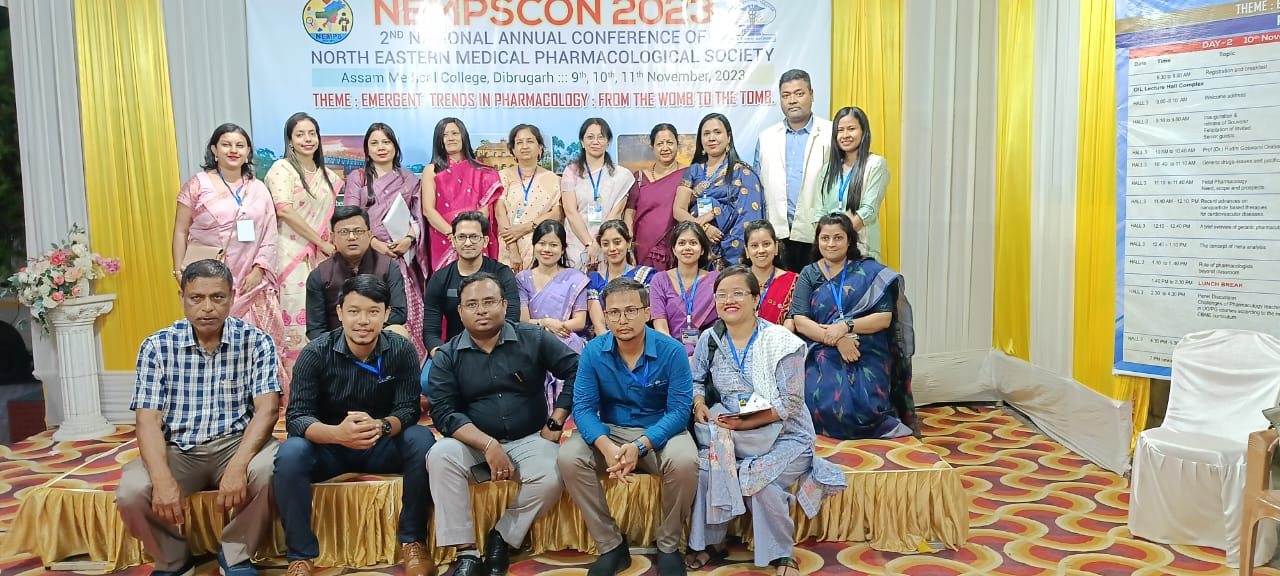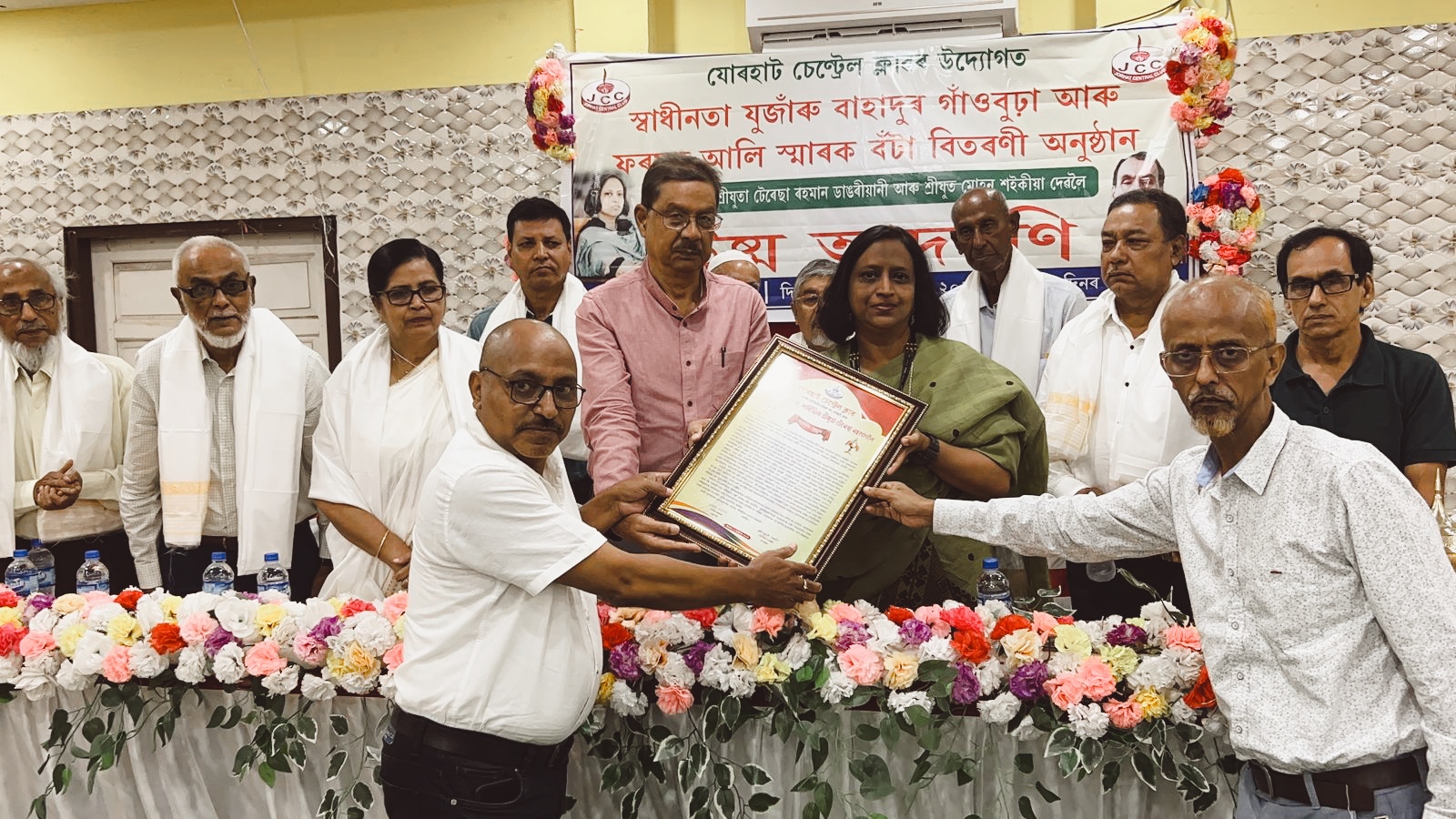Every week, I receive alerts about the media’s coverage of ragpickers. I do so because of my interest in recycling. Ragpickers are the first and longest-standing recyclers—and they are a far cry from the stereotype of green living as a middle-class choice, something reserved for affluent people with an environmental conscience.
The vast majority of the news stories and images I read about ragpickers come from English-language publications in India. Here are just two that popped up in the days and hours when I was writing this editorial: http://www.thehindu.com/news/cities/Hyderabad/ragpicker-killed-by-friend-accused-arrested/article4957095.ece; http://www.firstpost.com/india/why-delhi-polices-ad-on-street-children-is-condemnable-1000231.html.
While ragpickers’ stories may appear daily in the South Asian press, their history has been told—and just as often suppressed—across generations and continents. Perhaps one percent of people in the Global South now live as ragpickers. That amounts to approximately fifteen million people worldwide.
The typical press coverage of them is equal parts abject suffering and inspiring resistance. The suffering is to do with injury, illness, death, and crime. The resistance is about aspiring to a richer life, rejecting negative stereotypes forwarded by others, and seeking legal recognition of citizenship rights.
Ragpickers form a living index of chaotic urban growth, as illustrated by the sprawling, contradictory mélange of deterioration and regeneration that characterize huge metropoles such as New Delhi or Mexico City.
From time immemorial, large spaces like these—and much smaller ones—have depended on ragpickers to remove the unsightly, foul-smelling, and toxic residues of existence, and to find creative ways of reusing them. If you go back to the rapid urbanization of nineteenth-century Western Europe or the United States, ragpickers are there, looking for scraps of garments to recycle or sell, and disposing of the detritus of daily life.
These vital roles have attracted a bizarre mixture of critique and neglect. Why is this the case? I suspect it is because ragpickers remind us of things we would rather forget: the grime and grit of humanity, whether expressed through emanations from our bodies or leftovers from our purchases. Despite the importance of what they do, ragpickers are on the margins of society, easy to despise and easy to pass by.
And their suffering is real. Epidemiological studies of Indian ragpickers, who numberin the hundreds of thousands, disclose an unprecedented prevalence of low haemoglobin, highmonocyte and eosinophil counts, gum disease, diarrhea, and dermatitis. Ragpickers and their supporters undertake research and activism to draw attention to such problems and address them http://www.wastepickerscollective.org/.One example is the collaboration betweenthe Chintan EnvironmentalResearch and Action Group in New Delhi andlocal ragpickershttp://www.chintan-india.org/.
And ragpickers may be harbingers of the future. So far from casting them out, perhaps we should embrace and learn from them.Why?
Research indicates that ragpickers produce the least waste of all urban dwellers.Their ability to make do with products designed for other purposes, to reformat old things, to clean up others’ waste, to survive from the margins is a remarkable ethical example.During the 2008 International Year of Sanitation, thirty-six Indian ragpickers were invited to New York for a United Nations conference, where they also strode along a catwalk as models. Members of the Dalit caste, such recognition became a way of bothlegitimizing and transcending their lives.
This is not only an Indian issue, of course. Colombia’s Constitutional Court has ruled that ragpickers are entrepreneurs, thus permitting them to tender for waste-management contracts with localgovernments. That decision formalized their status, decriminalized their actions, protected their livelihoods, and offered them franchises if they created conventional firms. Cali-based ragpickers proceeded to establish pioneering cooperatives. They also convened the world’s first global conference of their colleagues. That event included Brazilian ragpickers, whose work is now recognized by their labor ministry.
Throughout the world, this unlikely group stands for complex, shifting aspects of the informal economy. Ragpickers operate in a grey zone, one that is not quite legal and not quite illegal, as they provide essential services in a form that eludes both corporate and state control.
It’s problematic to romanticize ragpickers, just as it is problematic to ignore them.While a few dozen Dalit representativeswere strolling through Gotham under the auspices of the UN, 30,000 of their colleagues remained in Mumbai picking away at waste, sorting through and categorizing rubbish.
Like everyone on the margins of legitimacy, ragpickers must make do with not very much, and the ‘not very much’ is cast off from others. As such, ragpickers remind us all too well of our dependence on hidden labor. Their very existence draws attention to the insatiable desire of dedicated, affluent consumers for newness, for upgrades, for built-in obsolescence.Those of us reared on a diet of constant innovation by corporations and governments can learn much from those who struggle for survival through subsistence.


































